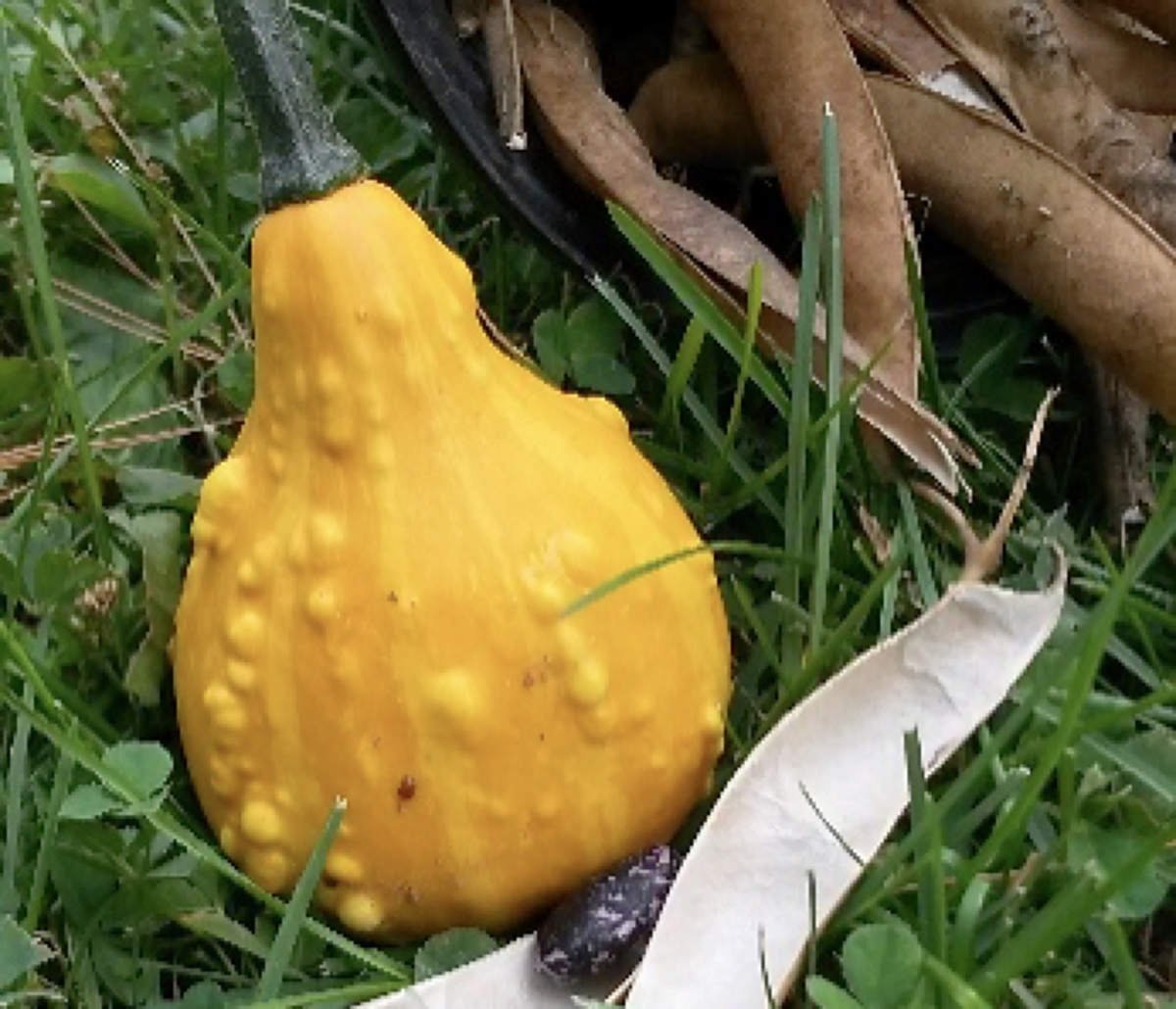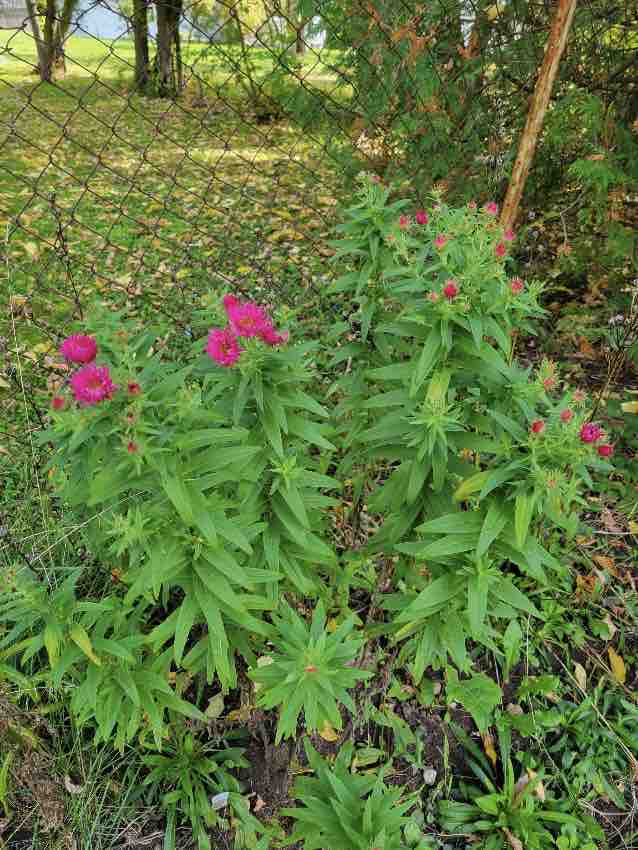On Harvesting Pumpkins, Squash and Gourds

If you are picking squash, remember to let them cure for about a week. To cure a squash, you pick it and place it on your back step or in the basement for a week. Squash have a defense mechanism which is a compound that can give you a nasty rash.
Greetings fellow gardeners,
Thanksgiving is nearly here, and Autumn appears to be firmly established. The mornings are cool, and the too-many cats are not impressed. Soon they will be waiting for me to start a fire in the woodstove. As of now I am trying to get the garden organized for winter.
Picking Pumpkins and Squash
Now is the time for pumpkins and squash and gourds of extreme interest. If you have been growing any of these, you will be noticing that the vines and leaves are starting to wilt. Try to leave the fruit on the vine until it pulls off easily. With this cooler weather it would be better for your pumpkins or squash if you put them on a box or wood slab–something to keep them off the ground.
Your pumpkins will do well outside until a hard frost. If you pick them soon that will give you lots of time to carve them for Halloween. If you are picking squash, remember to let them cure for about a week. To cure a squash, you pick it and place it on your back step or in the basement for a week. Squash have a defense mechanism which is a compound that can give you a nasty rash. They have this to discourage rodents from nibbling on them. Once the squash has cured you can handle it easily and it is ready for eating.
Red Asters
At present I am enjoying all the asters that are growing in my garden. I have tiny dainty white and lavender asters and large deep purple asters. My favourite is a large reddish fuchsia aster that is in full bloom. It is stunning in my fall garden. Asters are a wonderful addition in your vegetable garden as they are important pollinator plants. After a while the aster blooms become fuzzy seed heads. I leave these seed heads alone so they can be a winter food source for the birds. Asters are one of the many plants that I leave for the winter. Remember that birds and overwintering insects need these plants for food and shelter.

Compost and Tomatoes
So, the cleanup begins, and it starts with the tomatoes. As I have emphasized in the past, you do not want to put any part of the tomato plants in the compost as the spores that cause blight can overwinter and cause havoc with next year’s crop. You can place them in the green bin or into a black garbage bag that will sit in the sun. You can also put them in a compost that you will not be using near the tomatoes. I put some of my tomato leavings directly on my Hügelkultur as I do not plant tomatoes on it. One other thing to remember is that you will need to empty the soil out of the pots where you grew your tomatoes. You can put the soil in areas where it will not be in contact with next year’s tomatoes.
The temperature has warmed through the day and the too-many cats have found circles of sunshine just perfect for napping. I am hoping that the warmth will hold for a while longer. Enjoy your week. Judith.
Contact Judith through her Website https://www.lapisdragonarts.com/. Find more weekly Veggie Bites experiences on the Veggie Bites page.
